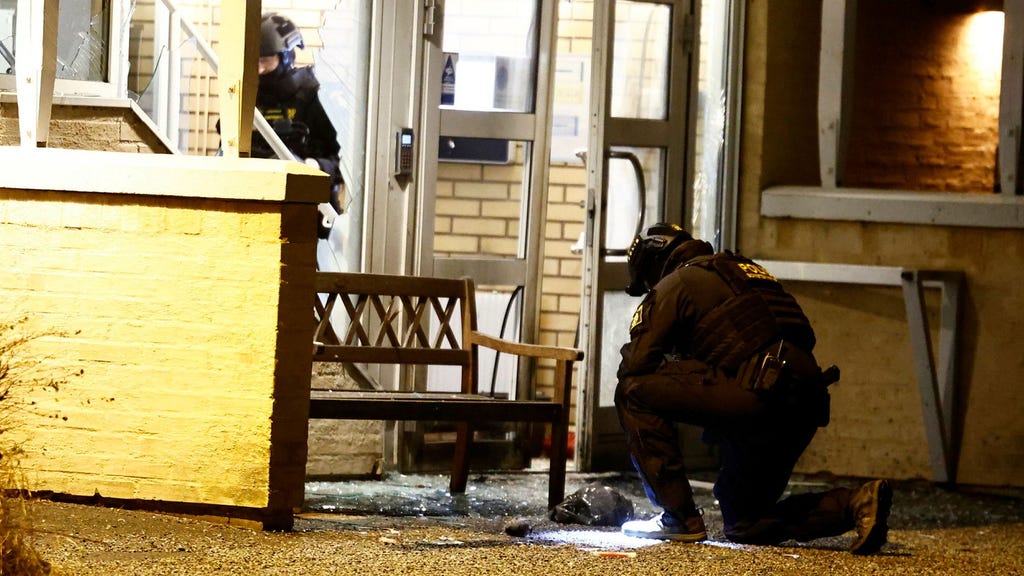This dataset presents a chronological list of reported incidents, likely crimes or other noteworthy events, spanning from January 4th to January 26th. While the nature of these incidents remains unspecified, the data’s structure suggests a record of occurrences requiring documentation, potentially for law enforcement or other investigative purposes. The entries consist of a date, time, and location, providing a spatiotemporal context for each incident. The locations encompass various neighborhoods and suburbs across several Swedish cities, including Gothenburg, Stockholm, Malmö, Uppsala, Eskilstuna, Nyköping, Sigtuna, Tumba, Mölndal, and Haninge. This geographical spread suggests a range of potential incident types and contributing factors based on the distinct characteristics of each area.
The dataset reveals a concentration of incidents in the Stockholm metropolitan area, with numerous entries located in various Stockholm districts and surrounding suburbs. Gothenburg also features prominently, with multiple incidents recorded in different neighborhoods. This could reflect population density, higher reporting rates in these urban centers, or potentially specific factors contributing to a higher incidence of events in these cities. Other cities like Malmö, Uppsala, and Eskilstuna have fewer recorded incidents, possibly indicating lower overall occurrence rates, differing reporting practices, or a combination of these factors. The inclusion of smaller towns like Nyköping, Sigtuna, and Tumba provides a broader perspective on the distribution of these events across various urban and suburban settings.
Analyzing the temporal distribution reveals a pattern of incidents occurring throughout the day and night. Several entries are recorded during late-night and early morning hours, suggesting a potential link to activities or circumstances associated with those timeframes. Daytime incidents are also present, indicating that these events are not exclusively confined to specific periods. The data’s timeframe, spanning just over three weeks in January, might reflect seasonal influences or other factors contributing to the observed distribution of incidents. Further analysis with a larger dataset spanning different time periods would be needed to establish definitive temporal patterns.
The locations themselves offer further insights. Many incidents are recorded in residential neighborhoods, such as Kortedala, Kålltorp, and Johanneberg in Gothenburg, and Hammarbyhöjden, Bredäng, and Hagsätra in Stockholm. This suggests a potential impact on residential communities and the safety concerns of residents. The inclusion of locations like Täby Centrum, a shopping mall, and Skogskyrkogården, a cemetery, introduces different potential contexts for the recorded incidents. These varied locations highlight the diverse nature of the events captured in the dataset and the need for a nuanced understanding of their underlying causes and consequences.
The data’s format, presenting only date, time, and location, limits the depth of analysis. Without information on the nature of the incidents, it is impossible to determine specific trends or draw definitive conclusions about contributing factors. Knowing the type of incident, such as theft, vandalism, assault, or traffic accidents, would allow for a more detailed examination of the data and a better understanding of the patterns observed. Furthermore, information about the demographics of the individuals involved, the presence of witnesses, and the outcomes of any investigations would enrich the dataset and facilitate more comprehensive analysis.
In conclusion, this dataset provides a glimpse into the distribution of undocumented incidents across various locations in Sweden during a specific period in January. While the lack of information about the nature of the incidents restricts the analysis, the data highlights potential patterns related to geographic distribution, temporal occurrence, and the types of locations involved. Further investigation and the inclusion of additional data points, such as the type of incident, would be necessary to gain a more complete understanding of these events and their implications for the affected communities. This dataset serves as a foundation for further exploration and analysis, emphasizing the importance of comprehensive data collection for understanding and addressing the underlying causes and consequences of such incidents.














